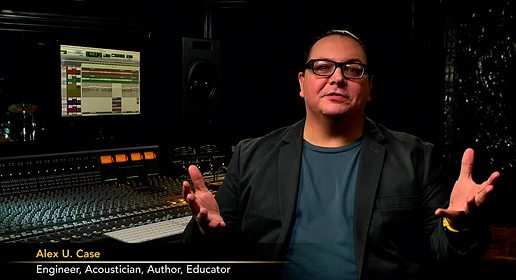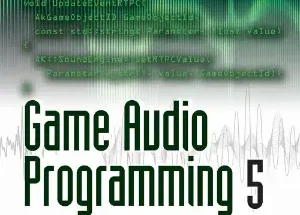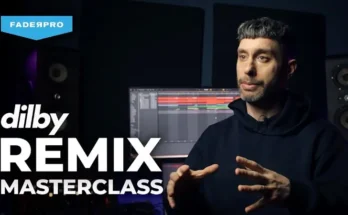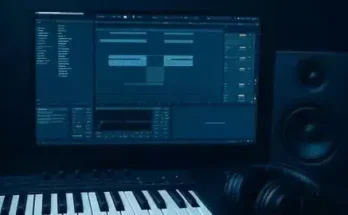English | Dec 14, 2012 | 2h 54m | 1.53 GB
This edition of Foundations of Audio elucidates one of the most essential ingredients in audio mixing, reverb—the time it takes for sound to bounce, echo, and decay during a live performance or recording. Reverb gives a natural richness to your recordings, but it’s not impossible to reproduce. Producer and audio engineer Alex Case explains the acoustic, mechanical, and digital means for creating reverb, and charts the parameters (room size, density, etc.) you’ll need to know to take advantage of the original recording space and enhance it in post. He then shows how to simulate reverb digitally with effects, adding timbre, texture, and contrast, and improve the sound of your mixes with a sense of space and depth.
These techniques can be practiced with the free Get in the Mix sessions, currently available for Pro Tools and Logic Pro.
Topics include:
What is reverb?
Understanding how acoustic reverb works in rooms
Working with the signal flow, effects loops, and available CPU resources
Understanding core parameters, like reverb time and pre-delay
Simulating space
Creating nonlinear reverb
Building pre-delay effects
Using reverse reverb
Using convolution correctly
[toggle title=”Home page”]https://tinyurl.com/sjujbjg[/toggle]

http://alfalink.to/be0b2ad8d831051d5cf1
Please REPORT in Comment Broken Links




